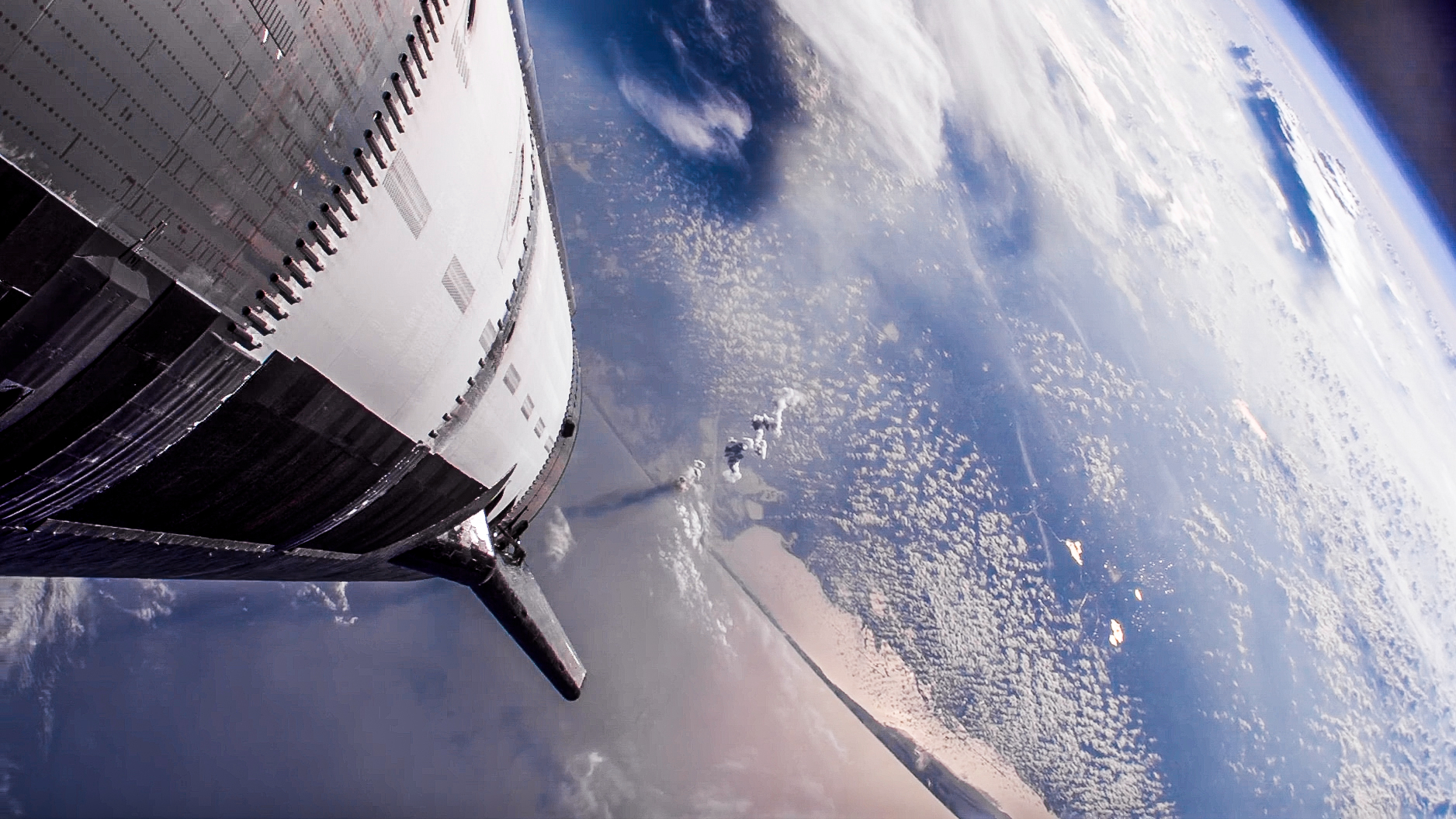How Far Is It to the Edge of the Solar System?

At this very moment NASA's Voyager 1 and 2, two spacecraft that left Earth in the 1970s, are exiting the solar system.
The two spacecraft are passing through the magnetic bubbles at its edge approximately 9 billion miles from Earth. Now, 9 billion miles is clearly far, far away, but it's also a pretty difficult distance to imagine. How about we put that into (somewhat) more practical terms.
Measured in cross-country flights, the distance to the edge of the solar system is great indeed. LAX and JFK airports are 2,475 miles (3,983 km) apart, so the Voyager probes have experienced the equivalent of three million to four million red-eyes.
One could also measure the distance they've gone in units of the Earth-moon separation. Our satellite orbits at an average distance of 238,857 miles (384,403 km). Line up 37,679 of those Earth-moon distances one after another, and you'll arrive at the edge of the solar system. [Video: Solar System's Border Lets Galactic Rays Through]
The Sun is close to 93 million miles (150 million km) away from us. The edge of the solar system — and those intrepid Voyagers — are almost 97 times farther afield.
This story was provided by Life's Little Mysteries, a sister site of SPACE.com. Follow Natalie Wolchover on Twitter @nattyover, then join Life's Little Mysteries on Facebook.
Get the Space.com Newsletter
Breaking space news, the latest updates on rocket launches, skywatching events and more!
Join our Space Forums to keep talking space on the latest missions, night sky and more! And if you have a news tip, correction or comment, let us know at: community@space.com.

Natalie Wolchover was a staff writer for Live Science and a contributor to Space.com from 2010 to 2012. She is now a senior writer and editor at Quanta Magazine, where she specializes in the physical sciences. Her writing has appeared in publications including Popular Science and Nature and has been included in The Best American Science and Nature Writing. She holds a bachelor's degree in physics from Tufts University and has studied physics at the University of California, Berkeley.

